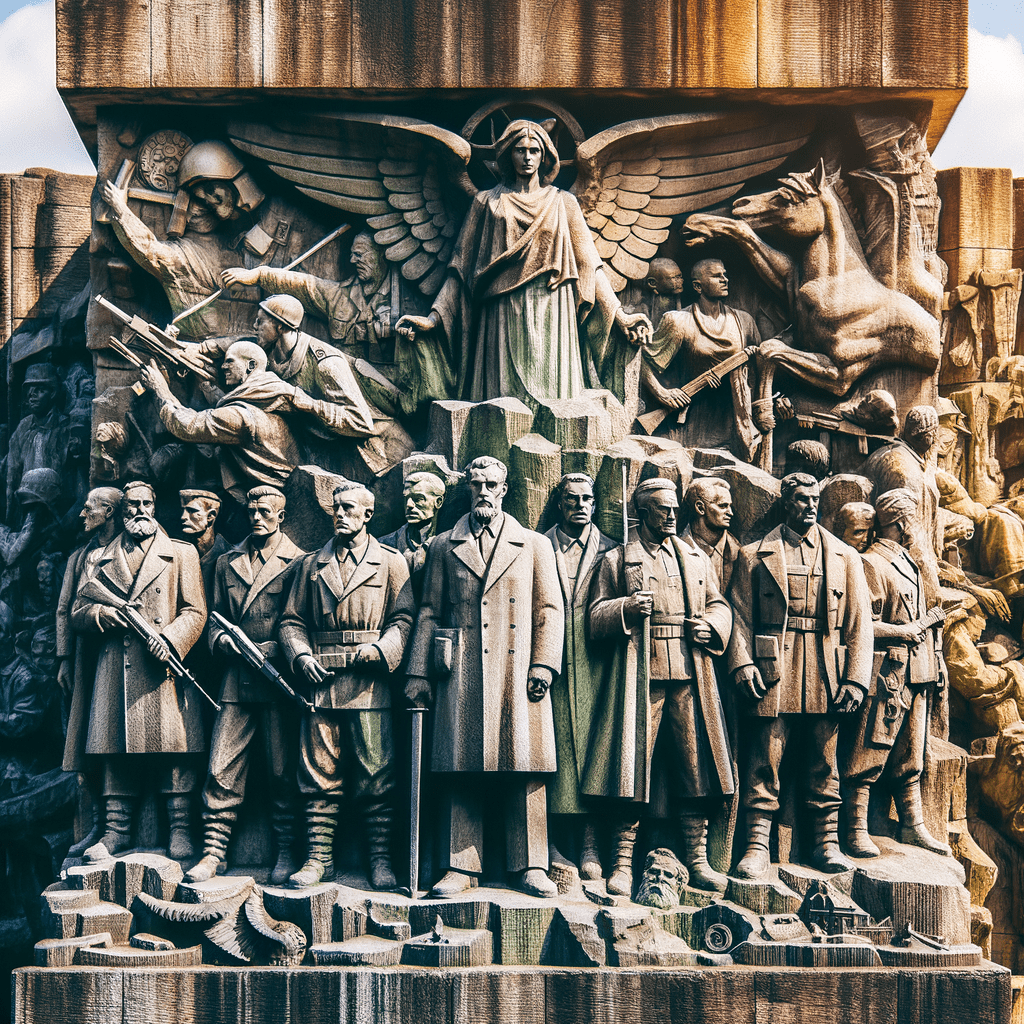Discover the artworks that have sparked debates and controversies, from historical statues to modern urban interventions
Public sculptures have always played a significant role in society, serving as cultural, historical, and political symbols. However, some of these artworks have sparked controversy and heated debates. In this article, we will explore seven of the most controversial public sculptures in the world, analyzing the reasons behind the disputes and the impact these works have had on society.
1. Statue of Christopher Columbus – United States
The statue of Christopher Columbus has been the subject of numerous controversies in the United States. Many see Columbus as an explorer and a hero, while others view him as a symbol of oppression and genocide against Native Americans.
Location: Various cities in the United States, including New York and Los Angeles
Controversy: Removal of statues due to protests against racism and colonization
Impact: Heated debates over historical representation and collective memory
2. Statue of Cecil Rhodes – South Africa
The statue of Cecil Rhodes at the University of Cape Town has been at the center of a protest movement known as #RhodesMustFall. Rhodes was a British colonialist, and his statue is seen as a symbol of colonial oppression.
Location: University of Cape Town, South Africa
Controversy: Student protests for the removal of the statue
Impact: Discussions on the decolonization of education and historical memory
3. Statue of Saddam Hussein – Iraq
The statue of Saddam Hussein in Baghdad became a symbol of the fall of the Iraqi regime. Its removal in 2003 was broadcast live on television and marked a significant historic moment.
Location: Firdos Square, Baghdad, Iraq
Controversy: Symbol of the dictatorial regime and its downfall
Impact: Reflections on Liberation and the Consequences of the War in Iraq
4. Statue of Lenin – Ukraine
The statues of Lenin in Ukraine have been the target of numerous removals and acts of vandalism, especially after the Maidan Revolution of 2014. Lenin is seen as a symbol of Soviet occupation and repression.
Location: Various cities in Ukraine
Controversy: Removal of statues as part of decommunization
Impact: Debates on historical memory and national identity
5. Statue of Edward Colston – United Kingdom
The statue of Edward Colston in Bristol was toppled during the Black Lives Matter protests in 2020. Colston was a slave trader, and his statue was seen as a symbol of racism and slavery.
Location: Bristol, United Kingdom
Controversy: Toppling of the statue during protests
Impact: Discussions on historical representation and social justice
6. Statue of Mao Zedong – China
The statues of Mao Zedong in China are subject to controversy due to his role in the Cultural Revolution and the policies that led to millions of deaths. However, Mao is also seen as the founder of the People’s Republic of China.
Location: Various cities in China
Controversy: Debates over his historical role and policies
Impact: Reflections on historical memory and national identity
7. Statue of Robert E. Lee – United States
The statue of Robert E. Lee in Charlottesville, Virginia, was at the center of violent protests in 2017. Lee was a Confederate general, and his statue is seen as a symbol of racism and slavery.
Location: Charlottesville, Virginia, United States
Controversy: Violent protests and debates over the removal of the statue
Impact: Discussions on historical memory and social justice
Conclusion
Public sculptures can be powerful cultural and historical symbols, but they can also spark controversy and heated debates. The seven sculptures discussed in this article represent just a few examples of how public art can influence society and collective memory. It is important to continue discussing and reflecting on these symbols to better understand our history and our present.
For more information on controversial public sculptures, you can visit this BBC article.




